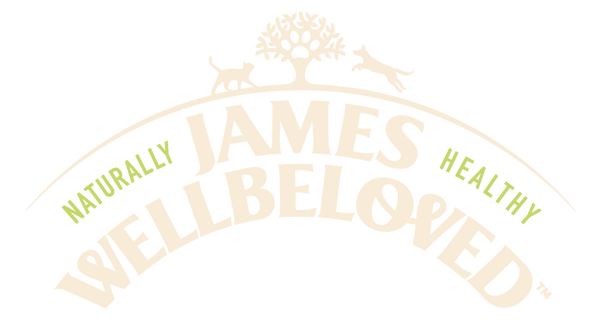Cat & Dog activity levels

CANINE ACTIVITY LEVELS
It is thought that the guidelines for animals at a ‘Normal Activity’ level are too high for one in four dogs. This is likely to be because of owners overestimating their dog’s energy level; maintenance energy requirements that are used to calculate feeding guides are based on the energy that a ‘moderately active adult animal’ will expend on a daily basis.
The average dog lives alone (with no other dogs), will go out on gentle walk once or twice a day, and will spend a lot of their time sleeping. We would categorise this as low activity.
FEDIAF describes activity levels in these categories:
| Activity Level | Amount of exercise (daily) | |||||||||
|---|---|---|---|---|---|---|---|---|---|---|
| Low Activity | Less than 1 hour (i.e. walking on lead) | |||||||||
| Moderate Activity | 1-3 hours of low impact activity | |||||||||
| 1 hour of high impact activity | ||||||||||
| 1-3 hours of high impact | ||||||||||
| High Activity | 3-6 hours (i.e. working dog) | |||||||||
| High impact activity under extreme conditions (i.e. racing sled dog) | ||||||||||
Examples of high impact activities are running off-lead, playing ball with an owner and playing off-lead with other dogs.
It is important for owners to consider that activity, even only slight, will have a different energy requirement to lying down. For example, a border terrier that walks around the house all day will expend more energy than a greyhound who spends most of their day asleep.
For owners who walk their dogs for up to an hour a day on lead should use the lowest activity level.
CAT ACTIVITY LEVELS
Cat activity levels are explained in a much less variable format. Generally, activity levels are split into ‘neutered and/or indoor cats’ and ‘active cats’. This leaves feeding guides more up to owner interpretation. Indoor cats are much less likely to be active than those which have access to the outside, but neutering an animal often reduces their activity level and may decrease their metabolism too.
If you are unsure about what activity level your animal is at, it is recommended to start them at a slightly lower amount and monitor their body condition to adjust accordingly. It is more difficult to get your animal to lose weight than it is to gain weight.
